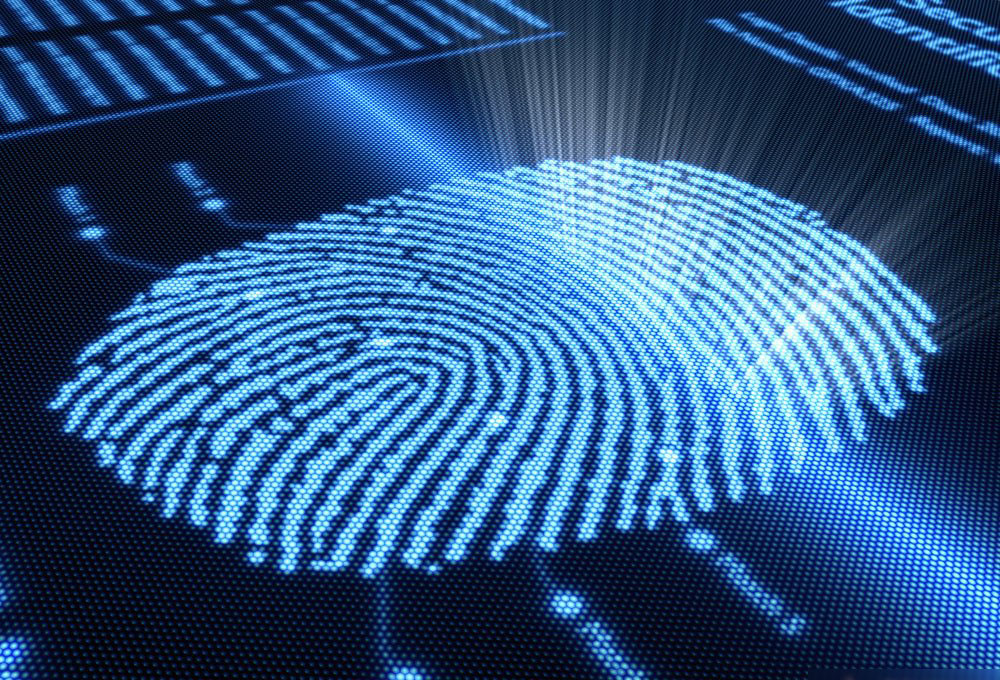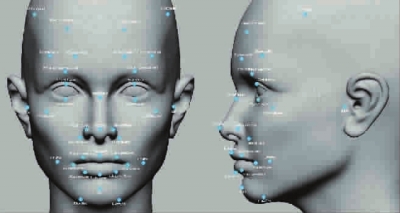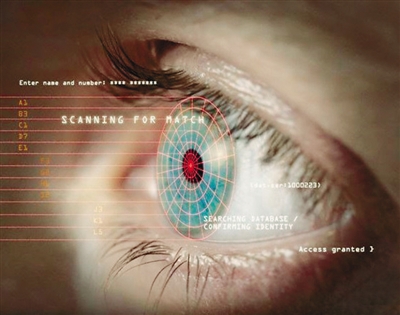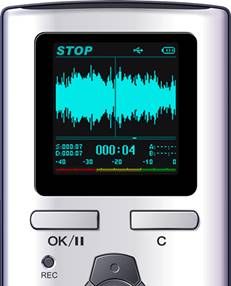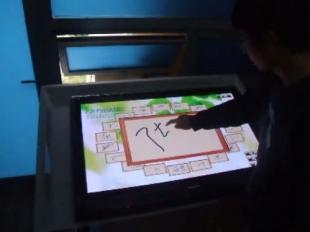The application of identity recognition technology is very extensive, especially in the field of security is an integral part. At present, the main biometric technologies include fingerprint recognition, facial recognition, iris recognition, speech recognition, and signature recognition. For an analysis of the advantages and disadvantages, see below. First, fingerprint identification Fingerprint recognition is currently the most widely used biometric technology, especially in the gate access control and attendance fields of pedestrian channels. Advantages: long history, mature technology, compact equipment, low cost, widely used in attendance, access control, automatic identification, etc.; Disadvantages: need to contact, there are violations, health problems. In addition, fingerprints are easy to wear, and the degree of wet and dry fingers will affect the identification effect. Summary: The development of fingerprint recognition technology involves many disciplines such as image processing, pattern recognition, machine learning, computer vision, mathematical morphology, and wavelet analysis. Automatic Fingerprint Identification System (AFIS) includes fingerprint image acquisition, processing, feature extraction and comparison, and is currently the most accepted product in this field. Second, facial recognition Facial recognition is a very active research area in recent years. Advantages: Features that are intuitive, convenient, friendly, and easier to accept; Disadvantages: The existing face recognition system can achieve satisfactory results under the conditions of user cooperation and acquisition conditions. However, if the user does not cooperate and the acquisition conditions are not ideal, the recognition rate of the existing system will suddenly drop. In addition, changes in the user's appearance will greatly reduce the recognition effect. Summary: Face recognition includes two areas of research: face detection and face recognition. There are four main types of face detection algorithms: knowledge-based, feature-based, template-based, and image-based. Face recognition requires the use of facial stability features for identification. Such algorithms are based on methods such as LDA, PCA, ICA, Gabor, and feature faces. At present, the research direction of face recognition has entered the recognition stage of three-dimensional face. Third, iris recognition Iris recognition technology is recognized as the most accurate identification method in biometrics. Advantages: high accuracy, anti-deception, high practicality, no need to contact. The feature templates (rings, wrinkles, spots, and crowns) of the iris region in the human eye image are used to form feature templates, and recognition is performed by comparing these characteristic parameters. Disadvantages: Iris image acquisition equipment is expensive and troublesome to use. However, because of its high accuracy and ability to provide accurate identities, it is the preferred method of identifying valid identities. Summary: Iris recognition is eye-related biometrics with low human interference. It uses fairly common camera components and does not require user-to-machine contact. In addition, it has the ability to achieve higher template matching performance and, as a result, it attracts a variety of people's attention. Fourth, speech recognition Speech recognition is the use of speaker voice and linguistic patterns based on biological and behavioral characteristics. It is used to analyze the unique characteristics of speech, such as identifying the speaker by the frequency of pronunciation. Advantages: easy to use, large distance range, simple installation, only need a microphone to receive signals; Disadvantages: low accuracy, limited range of applications, easily affected by background noise, physical conditions and emotions, etc. In addition, the same person's recording will also deceive the speech recognition system; Fifth, signature recognition Signature recognition is a kind of biometric technology based on behavior characteristics. It makes identity verification by analyzing the pressure and speed of signature handwriting and signature process. Advantages: Different styles of recognition; Disadvantages: Signature is related to factors such as mood and writing instruments. In particular, signatures can be forged, and fraud prevention is poor. Conclusion: Signature recognition is divided into online signature and offline signature. Online signature is written and written by handwriting board. A person's signature sample, in addition to the coordinates of the writing point, some systems also collect data such as pressure and holding the pen; offline signature The signature sample is entered through the scanner. Obviously, off-line signatures are easily forged and difficult to identify. The online signature is not easy to forge due to dynamic information. At present, the recognition rate can also reach a satisfactory level. At present, fingerprint identification is the most widely used identification technology, and face recognition has also been gradually paid attention to. Most of the innovation channel identification technology for pedestrian channels uses fingerprint recognition, face recognition, and iris recognition. It can realize the requirements of attendance, security, and other use units, and gates accept customization. Rotating Wheel For Hard Sheel Suitcase Rotational Mass Wheels,Replace Suitcase Wheels,Luggage Suitcase Wheels,Rotating Wheel For Hard Sheel Suitcase VOLO silent wheel , https://www.volowheels.com